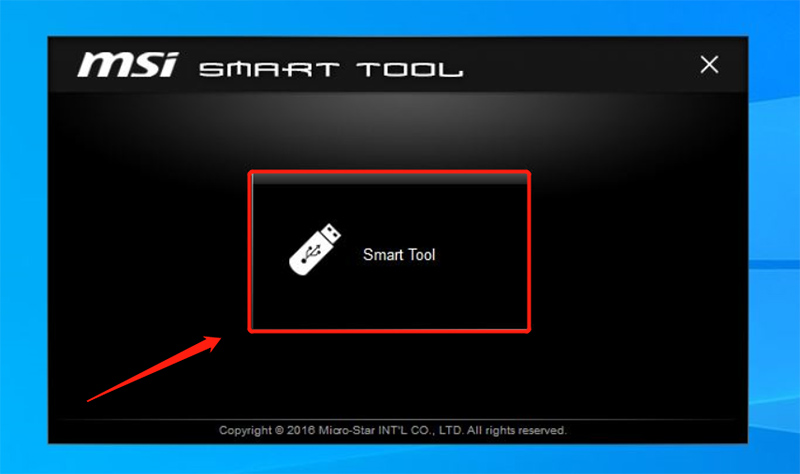

Those can be set as hotkeys and changed on the fly.

Lock and Profiles 1,2,3,4,5 are Overclocking profiles.This option can be tweaked in a static manner, or set as a profile into further settings found in the software, it is recommended to leave AUTO enabled, unless you really wish to cool down your dGPU at 100% no matter what, this can however wear off the lifespan of your fans. Fan Speed (%) is very self explanatory as a whole.As a result, GPU-Z results earned by memory overclocking are only logical estimates. As a note, dGPU Memory bandwidth is also subjective to be different in real times due to memory compression, bus width and memory speeds. This option is what will allow your Core Clock to deliver it's data load faster and better, Memory overlocking increases the bandwidth speed, making gains on graphic demanding settings such as Anti-Aliasing, however because this is all dependent of the main dGPU, gains may or may not be seen. Your system may by limited by slower speeds from older RAM chips, such as GDDR3 or be Integrated and share system RAM, making it limited to your DDR3/DDR4 computer RAM, therfor cannot be improved without a physical upgrade, or an overclock in the whole system that improves CPU performance, all done from the BIOS. Again, all units are different, however while searching for the Core Clock, you will be introduce to it's RAM speed also, nowadays RAM is typically GDDR5, which is plenty fast but yet shows benefits from an overclock. This option is the main cause of your gains, by increasing how fast data can be processed in the Texture Mapping Units, Shading Units and Render Output Units, do not change without a little bit of research about your hardware and know where you are off the limits.

#MSI SMART TOOL CREATE FAILED SKIN#
If you are not here for overclocking, skip this section.įirst time you open the software, you will be introduced to (Typically) this skin of the program.


 0 kommentar(er)
0 kommentar(er)
